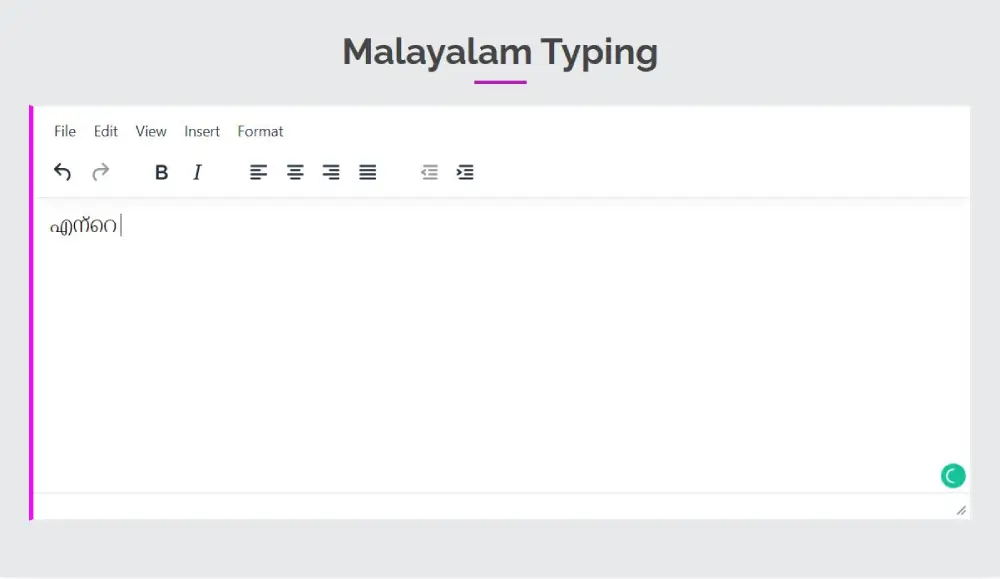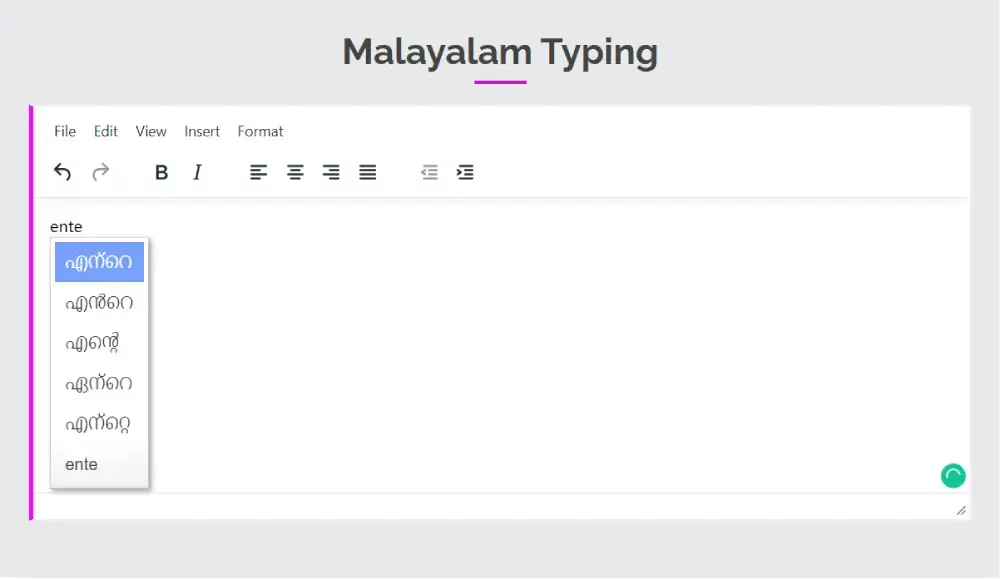Get Started with Our Arabic Typing Tool
Our Arabic typing tool makes it easy to type in Arabic without any technical knowledge or software downloads. All you need to do is visit our website and start typing! Our intuitive layout ensures that you`ll be able to quickly navigate the page and get started with your typing. Best of all, you don`t have to worry about accuracy - our tool will automatically detect and correct mistakes as you type! In mobile when you type in all the given text-area space, your content fills the text-area and if you want to increase the size of the text area, you can expand its size each time you press the button EXPAND and after completion and start a new content typing press the button SHRINK and the text area will be back to its original size. On the desktop, once the text has been typed into the desired language, all you need to do is select it all, press “ctrl-c,” copy it, and then press “ctrl-v” to paste it back into your document. When you are on mobile just simply click the COPY button and copy all your text and then paste it into your desired location. And also clear your text area after typing press the CLEAR button and you can type other contents as you like.
Unable to find the correct transliterate?


Arabic Language
Arabic is a Semitic language spoken by over 420 million people in the Arab world and beyond. It is the official language of 26 countries and the liturgical language of Islam. Arabic is known for its complex writing system, with its 28 letters forming a script that is written from right to left. Arabic has many unique linguistic features, including a rich system of consonantal roots, a complex system of verb conjugation, and a system of vowel markings used to indicate various grammatical features. In recent decades, Arabic has also been used extensively in the development of new technical terms in fields such as science, technology, and medicine.
History of Arabic (تاريخ اللغة العربية)
Arabic is one of the world`s oldest languages, with a history that dates back to the 4th century. It originated in the Arabian Peninsula, where it was spoken by nomadic tribes and later became the language of trade and commerce. The Islamic conquests in the 7th and 8th centuries spread the Arabic language and its use as the language of religion, administration, and culture throughout the Arabian Peninsula, the Middle East, and North Africa.
With the rise of Islam and the Arab empire, Arabic became a lingua franca and the language of science and learning. During this time, Arabic grammar, literature, and philosophy flourished, and many works of great significance in these fields were produced in Arabic. In the centuries that followed, Arabic remained an important language of scholarship and culture, and it was also used as a literary language in many parts of the world.
In recent centuries, Arabic has undergone significant changes due to modernization, globalization, and the spread of Arabic-speaking communities to other parts of the world. Today, Arabic is used as a first language by more than 420 million people, and it is also studied as a second language by many more. Despite the many changes it has undergone, Arabic remains a rich and complex language with a long and fascinating history.
Arabic Script
Consonants (الحروف الساكنة)
أ (alif), ب (bāʾ), ت (tāʾ), ث (thāʾ), ج (jīm), ح (ḥāʾ), خ (khāʾ), د (dāl), ذ (dhāl), ر (rāʾ), ز (zayn), س (sin), ش (shīn), ص (ṣād), ض (ḍād), ط (tāʾ), ظ (ẓāʾ), ع (ʿayn), غ (ghayn), ف (fāʾ), ق (qāf), ك (kāf), ل (lām), م (mīm), ن (nūn), ه (hāʾ), و (wāw), ي (yāʾ)
Vowels (الحروف المتحركة)
Fatḥah (فتحة), Dammah (دمة), Kasrah (كسرة)
Numbers (أعداد)
0 - صفر (sifr), 1 - واحد (wāhid), 2 - اثنان (ithnān), 3 - ثلاثة (thalāthah), 4 - أربعة (arbaʿah), 5 - خمسة (khamsah), 6 - ستة (sittah), 7 - سبعة (sabʿah), 8 - ثمانية (thamāniyah), 9 - تسعة (tisʿah)
Transliterate English to Arabic
Our online typing system will allow you to transliterate English into Arabic. We use the Google transliterate feature to translate, which is very fast and accurate. You can simply convert each word, just press the space bar after typing them. Also, you can get a choice option dropdown if you press the back key. You can edit your text with a text editor to bold, italic etc. Format and style all your converted Arabic content. We use some autocorrection features to transliterate your broken words without retyping them. Which saves you more time in typing.
Press (Ctrl+G) to switch between English and Arabic. Also, you can save them as txt or doc for your further use.
Translate vs Transliterate
Translation refers to the process of converting written text from one language to another while preserving the meaning of the original text. Translation involves converting the words and phrases of a text from one language to their equivalents in another language, taking into account the context and cultural differences between the languages.
Transliteration, on the other hand, refers to the process of converting written text from one script (alphabet or writing system) to another, while preserving the sounds of the original text. Transliteration involves converting the letters and characters of a text from one script to their equivalents in another script, without necessarily preserving the meanings of the words.
For instance, the Arabic equivalent of the English phrase "Hello, how are you?" is "مرحبًاّ! كيف حالك؟" This translation keeps the original phrase`s meaning. On the other hand, the English phrase "Hello, how are you?" can be transliterated into the Arabic alphabet as "هالو، هو أر يو؟", which preserves the sounds of the original phrase but not necessarily it`s meaning.
Translation and transliteration are both useful tools for helping people communicate and understand written text in different languages and scripts. However, they serve different purposes and involve different approaches to converting written text.
